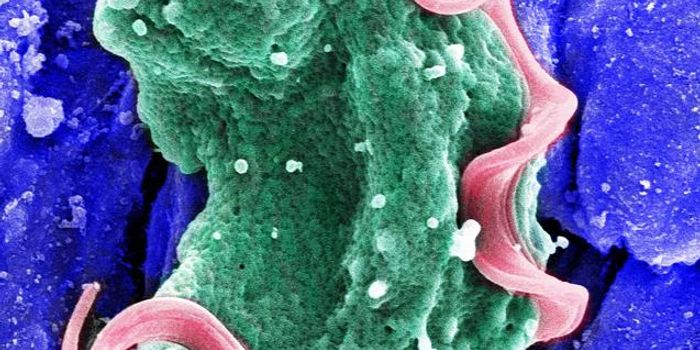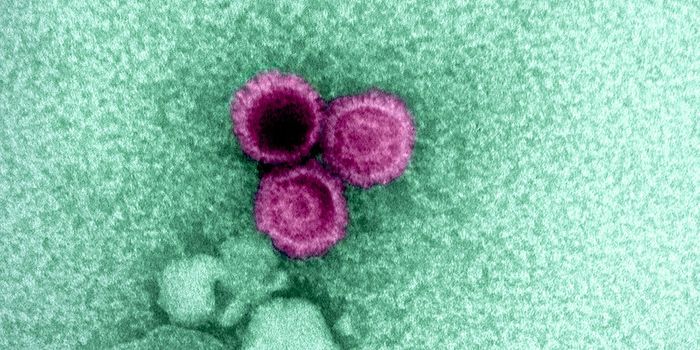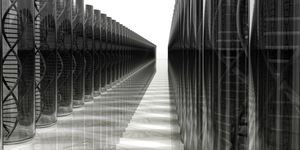Harsh Subseafloor Biosphere is a Hotbed of Microbial Activity
Most geobiological research is done on land, so there is a lot we don't know about the microbial life that lives in the deep subseafloor. It was once thought that no microbial life existed in the harsh environment in the deep oceans, where there is no light and high pressure. But research revealed otherwise. Field work in the late 80s showed that 167 meters beneath the ocean floor, there was microbial activity. Over the 90s, more details were revealed about the bacteria and archaea that live there.
In 2016, scientists set out to learn more about the temperatures of the deep subseafloor biosphere and how it affects life there. Samples were taken by drilling through the geological subduction zone of the Nankai Trough off the coast of Japan. The work showed that it's hot and gets hotter as it gets deeper; the temperatures can reach 120ºC (248ºF), and while that's thought to be close to the limit of what life can stand, there were some microbes thriving in those conditions.
But not many microbes were recovered, (there were fewer than 500 cells per cubic centimeter) so the researchers had to work under carefully controlled conditions and included many controls in their experiments, said graduate student and study co-author Florian Schubert from the German Research Centre for Geosciences.
An analysis of the cells that were recovered showed that the metabolic rates in the cells were extremely high compared to what was expected for deep biosphere microbes. Reporting in Nature Communications, the researchers suggested that the microorganisms "are forced to maintain a high metabolic turnover, which approaches the activity of microbes living in surface sediments and in laboratory cultures, to provide the energy required to repair thermal cell damage," suggested lead study author Felix Beulig of the University of Bayreuth.
As temperature rises, so does the amount of energy necessary to fix cellular damage caused by heat; most energy is probably needed to repair the constant strain on proteins and amino acids, explained study leader Tina Treude, UCLA professor of marine geomicrobiology.
The researchers used a biochemical assay based on sulfate depletion to compare their findings to what is observed in nature, to see if the metabolic rates they'd measured in the lab accurately reflect reality. The work indicated that the experimental rate is indeed mimicking what's occurring naturally.
In the deepest, hottest sediments, sulfate reducers and methanogens have a high rate of activity, powered by hydrogen and acetate that acts as a bacterial food, from water in the sediment.
"We always found that microbes in the deep biosphere are an extremely sluggish community that slowly nibbles on the last remains of million-year-old, buried organic matter. But the deep biosphere is full of surprises," added deep biosphere expert Bo Barker Jørgensen of Aarhus University.
Sources: University of California, Los Angeles, Nature Communications









